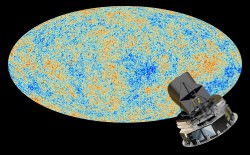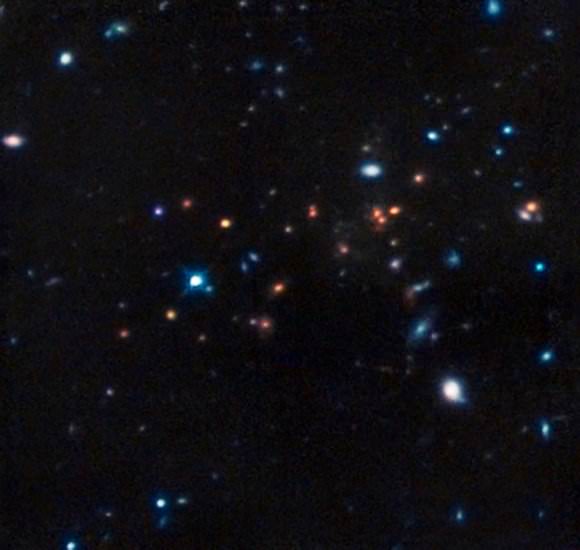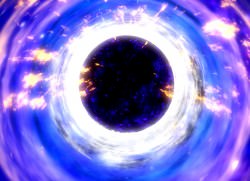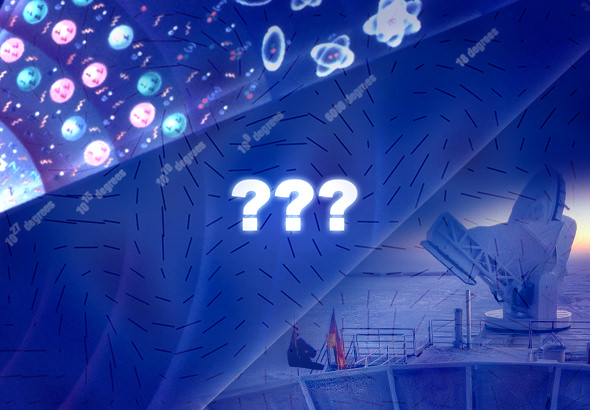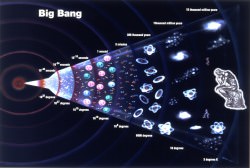We’ve all heard that the Universe is expanding, but why is it expanding? What’s the force pushing everything outwards?
If still you don’t know that we live in an expanding Universe, then I’m clearly not doing my job.
And so once more, with feeling… the Universe is expanding. But that certainly doesn’t answer all the questions that go along with the it.
Like what’s the Universe expanding into? Which we did in another video, which I’ll list at the end of this episode. You might also want to know why is the Universe expanding? What’s making this happen? Did it give up its gym membership? Did it sign up for the gallon of ice cream of the month club? Has it completely embraced the blerch?
Edwin Hubble, the astronomer made famous by being named after a space telescope, provided the definitive evidence that the Universe was expanding. Observing distant galaxies, he observed they were fleeing outwards, in fact he was able to come up with calculations to show just how fast they were moving away from us.
Or to be more precise, he was able to show how fast all the galaxies are moving away from each other. Which was your question! Just like a minute ago! See you’re just as smart as Hubble!
So up until about 15 years ago, the only answer was momentum. The idea was that the Universe received all the energy it needed for its expansion in the first few moments after the Big Bang.
Imagine the beginning of the Universe, BOOM, like an explosion from a gun. And all the rest of the expansion is the Universe coasting outwards. For the longest time, astronomers were trying to figure out what this momentum would mean for the future of the Universe.
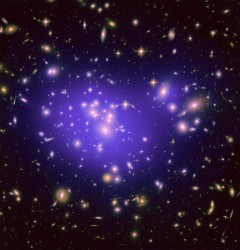
Would the mutual gravity of all the objects in the Universe cause it to slow to a halt at some point in the distant future, or maybe even collapse in on itself, leading to a Big Crunch? Or just clump up in piles and stay on the couch all summer because it’s maybe a little lazy and isn’t ready to start going back to the gym yet?
In 1999, astronomers discovered something completely unexpected… dark energy. As they were doing their observations to figure out exactly how the Universe would coast to a stop, they discovered that it’s actually speeding up. It’s as if that bullet is actually a rocket and it’s accelerating.
Now it appears that the Universe will not only expand forever, but the speed of its expansion will continue to accelerate faster and faster. So what’s causing this expansion? Currently, we believe it’s mostly momentum left over from the Big Bang, and the force of dark energy will be accelerating this expansion. Forever.
How do you feel about a rapidly accelerating expanding Universe? Tell us in the comments below.
And if you like what you see, come check out our Patreon page and find out how you can get these videos early while helping us bring you more great content!



